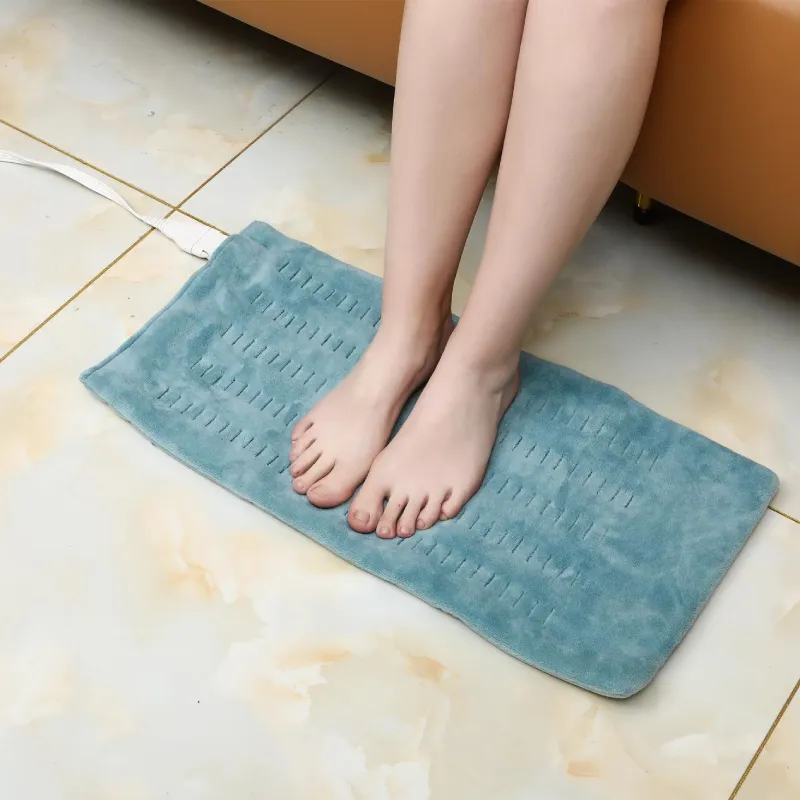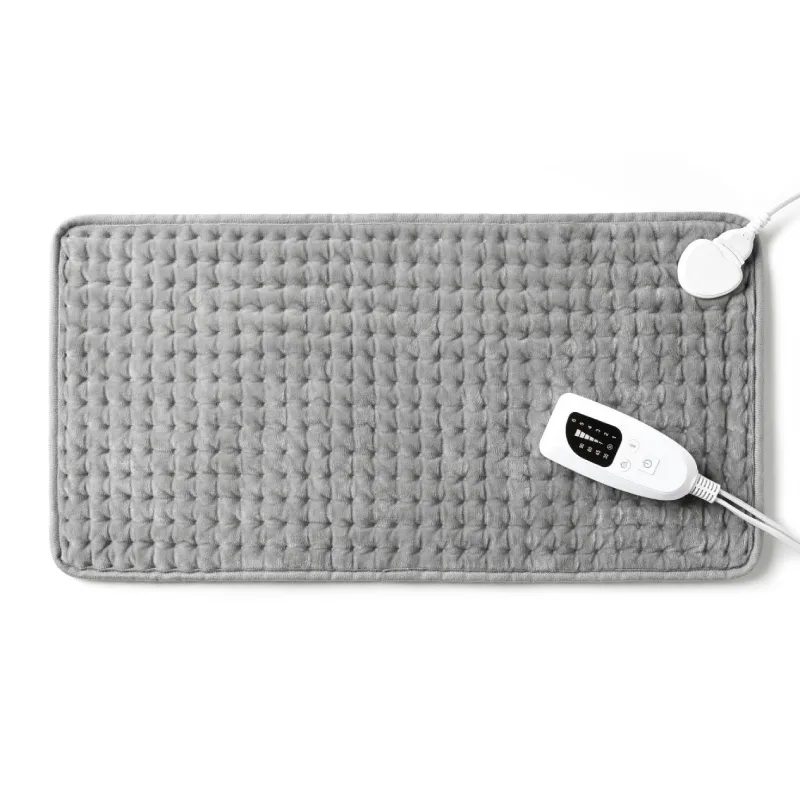Dec . 25, 2024 17:56 Back to list
Potential Side Effects of Using Heat Pads for Back Pain Relief
Understanding the Side Effects of Heat Pads for Back Pain Relief
Heat therapy has long been a popular method for alleviating back pain, providing warmth to relax muscles and improve circulation. Many individuals turn to heat pads as a convenient tool for managing discomfort. While generally considered safe and effective for most people, using a heat pad does come with potential side effects that users should be aware of.
Common Side Effects
1. Skin Irritation One of the most common side effects associated with heat pads is skin irritation. Prolonged exposure to heat can lead to redness, rashes, or burns, especially if the heat pad is too hot or used for extended periods without breaks. It is crucial to use a heat pad at a comfortable temperature and to follow the manufacturer's instructions regarding usage duration.
2. Dehydration Heat can increase blood flow and cause sweating, which may lead to dehydration if fluid intake is not maintained. Users should ensure they stay hydrated before and after using heat therapy to prevent any adverse effects.
3. Overheating If a heat pad is left on for too long, there is a risk of overheating, which can cause discomfort or even burns. Many modern heat pads come with automatic shut-off features to minimize this risk, but it’s always wise to monitor the heating duration and take breaks as needed.
4. Allergic Reactions Some individuals may experience allergic reactions to the materials used in the heat pad, particularly if they have sensitive skin. Common symptoms include itching, swelling, or hives. If you suspect an allergy, discontinue use and consult a physician.
heat pad for back pain side effects

When to Avoid Heat Pads
There are specific circumstances under which the use of heat pads should be avoided. If you have a recent injury that involves swelling or inflammation, applying heat may exacerbate these symptoms. In such cases, cold therapy is often recommended initially to reduce swelling. Furthermore, individuals with certain medical conditions, such as diabetes, vascular diseases, or skin sensitivities, should consult a healthcare professional prior to using heat therapy.
Best Practices for Safe Use
To minimize side effects and maximize the benefits of heat pads, follow these best practices
- Select the Right Temperature Use a heat pad that allows for temperature control, so you can adjust it to a comfortable level. - Limit Usage Time Apply heat for 15-20 minutes at a time, allowing the skin to cool down between applications. - Protect Your Skin Place a thin cloth or towel between the heat pad and your skin to prevent direct contact, reducing the risk of burns or irritation. - Stay Hydrated Drink plenty of fluids before and after using a heat pad to offset any dehydration caused by sweating.
Conclusion
Heat pads can be an effective tool for managing back pain, offering relief through increased blood flow and muscle relaxation. However, it is essential to be aware of the potential side effects, including skin irritation, dehydration, and the risk of overheating. By following safe usage practices and consulting with a healthcare provider if necessary, users can enjoy the benefits of heat therapy while minimizing risks. Always listen to your body and discontinue use if you experience any adverse effects. With the right approach, heat pads can be a valuable addition to your back pain management strategy.
-
Keep Your Furry Friends Warm with Our Pet Electric Blankets
Aug.07,2025
-
Keep Your Furry Friends Cozy with a Pet Heating Blanket
Aug.07,2025
-
Heated Mattress Blankets
Aug.07,2025
-
Experience Unmatched Comfort with Electric Blanket Double
Aug.07,2025
-
Warm Winter: The Perfect Choice For A Cozy Electric Blanket
Aug.07,2025
-
Discover the Comfort of Heating Pads for Relief and Relaxation
Aug.07,2025
Realted Products




